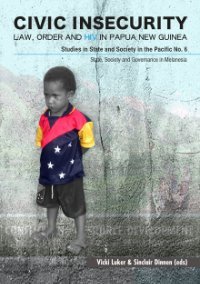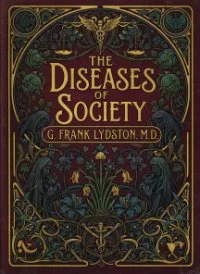By Qiwei He Scott Barkowski
Little evidence exists on the effect of the Affordable Care Act (ACA) on criminal behavior, a gap in the literature that this paper seeks to address. Using a simple model, we argue we should anticipate a decrease in time devoted to criminal activities in response to the expansion, since the availability of the ACA Medicaid coverage raises the opportunity cost of crime. This prediction is particularly relevant for the ACA expansion since it primarily affects childless adults, a population likely to contain individuals who engage in criminal behavior. We validate this forecast empirically using a difference-in-differences framework, estimating the expansion’s effects on panel datasets of state- and county-level crime rates. Our estimates suggest that the ACA Medicaid expansion was negatively associated with burglary, vehicle theft, homicide, robbery, and assault. These crime-reduction spillover effects represent an important offset to the government’s cost burden for the ACA Medicaid expansion.
Health Economics. 2020; 1– 17.













